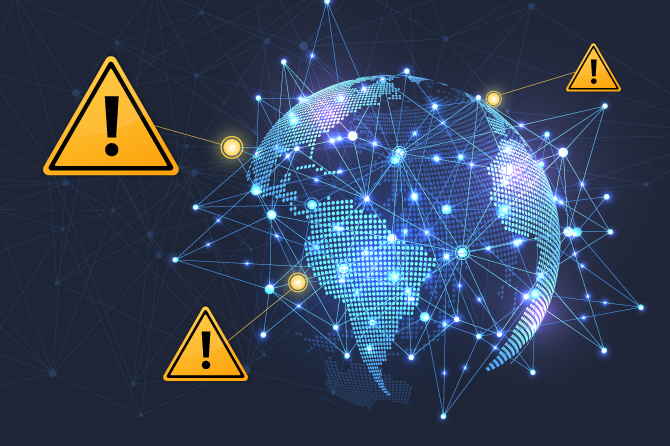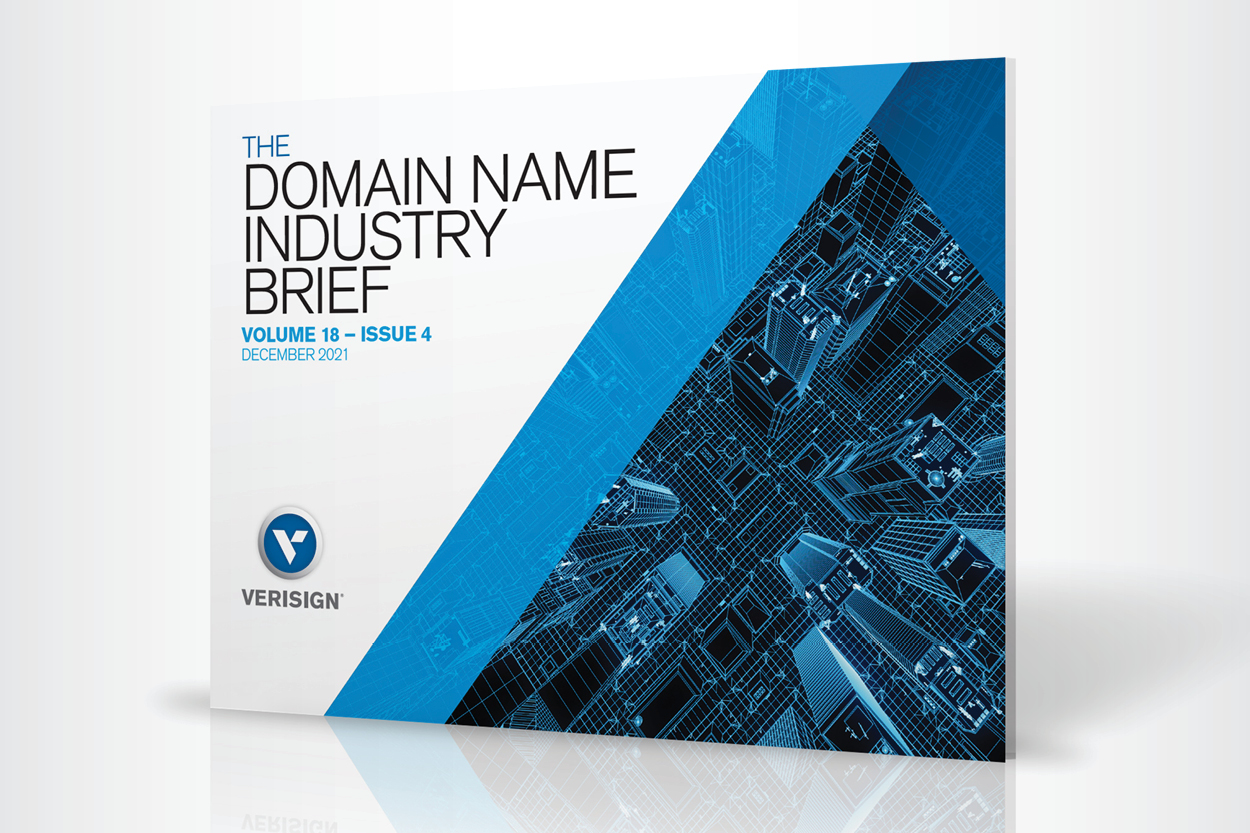This blog was also published by APNIC.
With so much traffic on the global internet day after day, it’s not always easy to spot the occasional irregularity. After all, there are numerous layers of complexity that go into the serving of webpages, with multiple companies, agencies and organizations each playing a role.
That’s why when something does catch our attention, it’s important that the various entities work together to explore the cause and, more importantly, try to identify whether it’s a malicious actor at work, a glitch in the process or maybe even something entirely intentional.
(more…)








